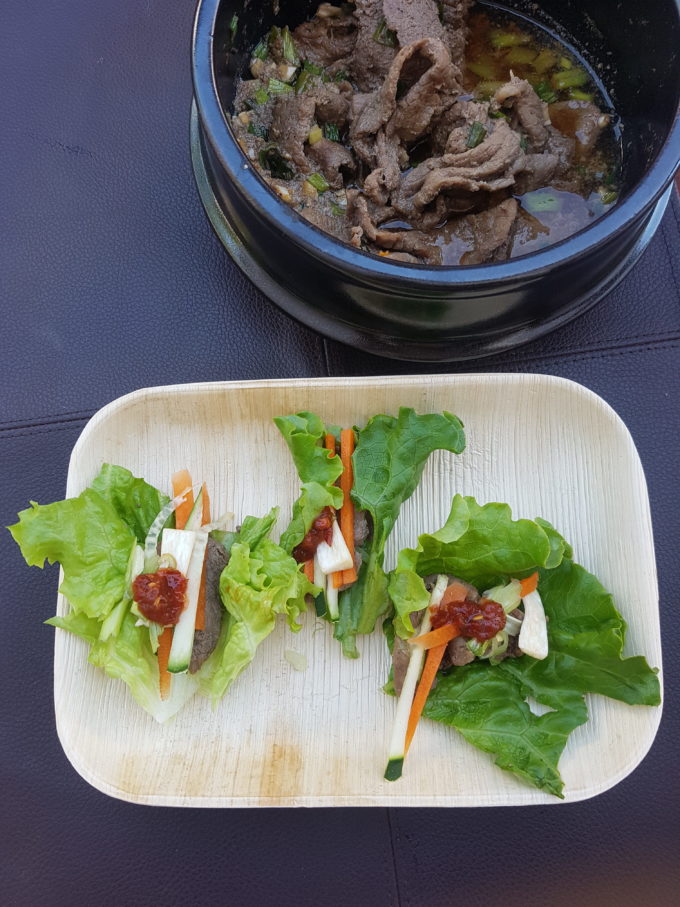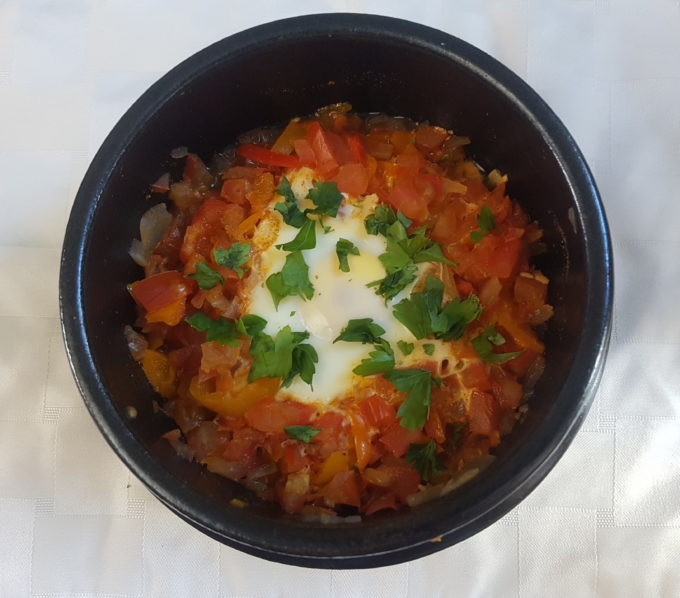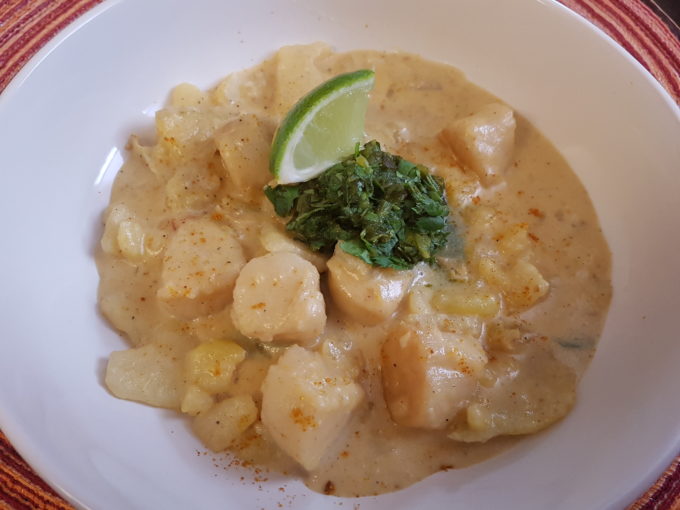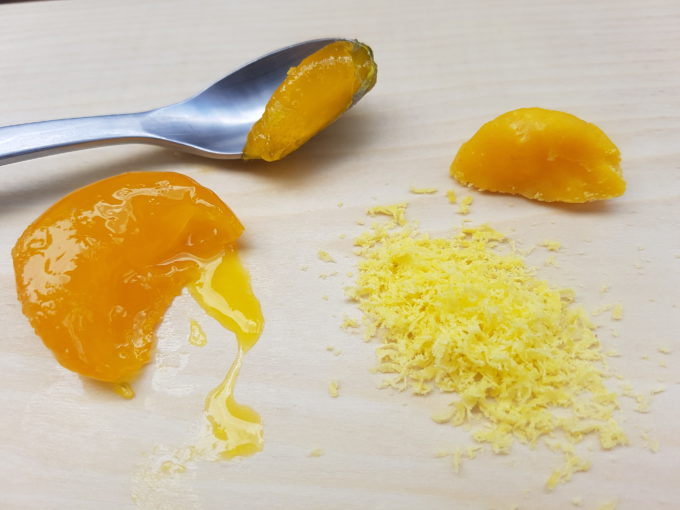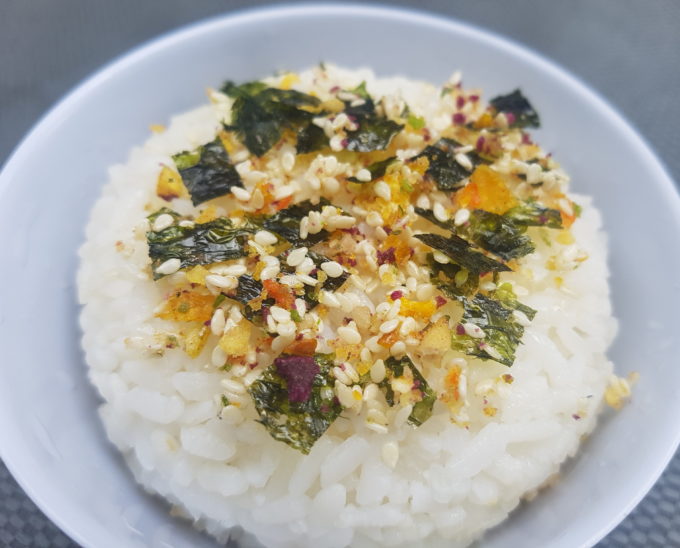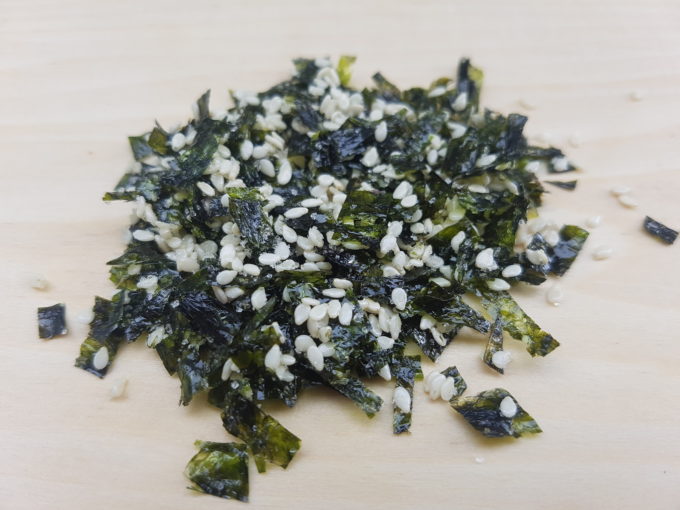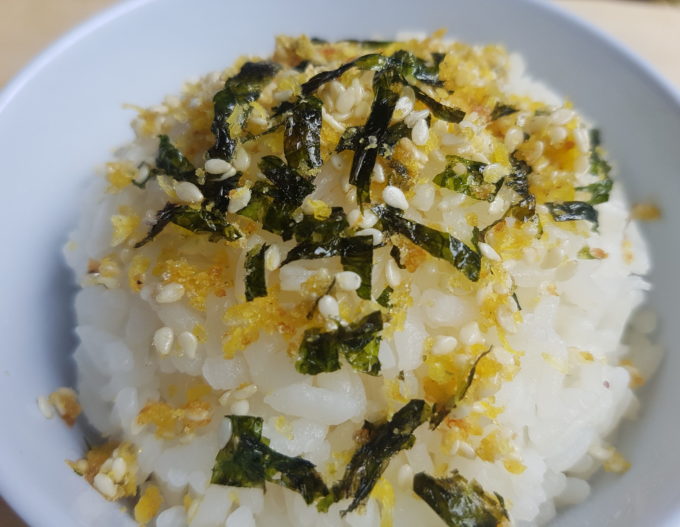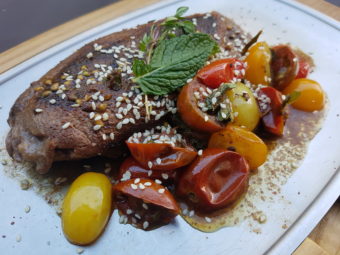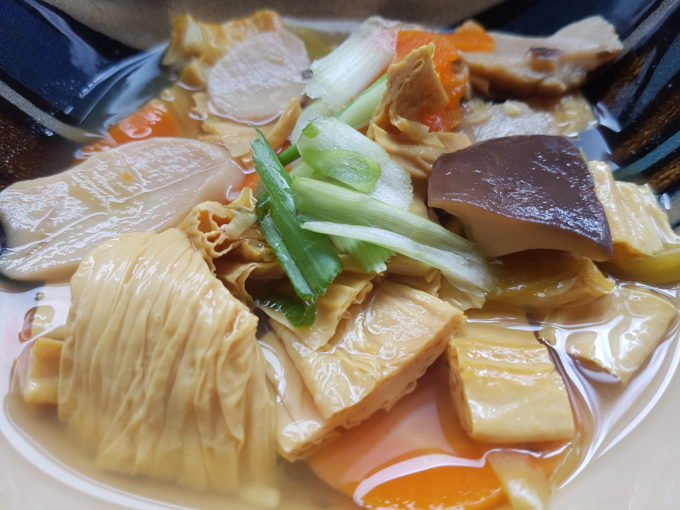This incredibly easy to make recipe is a fan favorite of both adults and children. It doesn’t require very many ingredients, all easy to come-by, or any special equipment. …Although using a dolsot or ddukbaegi pot sure is fun! The name Bulgogi (불고기) comes simply from the Korean’bul’ for fire and ‘gogi’ for Meat. You […]
Read moreTaken from the Arabic for an onomatopoeia-like word sounding meaning ‘all mixed up,’ this North African dish is beloved both by Muslims and Jews, as their cultures have been intermingled again and again throughout history. Often eaten at breakfast, shakshouka is also not uncommon to have for dinner. The ingredients are simple, and it only […]
Read moreFirst, let’s distinguish the difference between a dolsot, a stone pot with a stone or wooden lid, and a ddukbaegi (sometimes written ttukbaegi), a ceramic pot that typically comes with no lid, although they are available. Besides the obvious appearance, the price tag is one of the first major differences. Here in Anchorage, and it […]
Read moreThis recipe was inspired by two things. One, the desire to cook something Peruvian with my new found favorite chili, aji amarillo, and two, the wild caught Kodiak scallops I bought at our local farmers market. True to Peruvian style, this recipe uses potatoes and ground aji amarillo. Next, I topped this creamy chowder-like dish […]
Read moreThis idea was brought to my attention by my Brother-in-Law, who had heard Alton Brown bragging about it on a pod cast. Incredibly easy to make, cured egg yolks can be very useful for a large number of cuisines and dishes. All the rage right now, they are a great way to bring some sophistication […]
Read moreYasai Fumi Furikake is also known as veggie furikake. As yasai fumi means ‘vegetable flavor,’ it’s a wonderful way to take those otherwise nearly indistinguishable ‘healthfood’ vegetable chips, and turn them into something tasty. Now there are two common varieties of these vegetable snacks. For this recipe I used the vegetable chips, but one could […]
Read moreOne of the things I love about cooking new Asian foods is learning how to translate their names. Nori Komi took me a while to figure out. Not the nori part. That’s really easy; ‘seaweed.’ To be specific it’s a type of seaweed, nori. But the komi part took me a while to track down. […]
Read moreThe base for any furikake is sesame seeds and salt. The name noritama comes from nori, or ‘sea weed,’ and tama, short for tamago, which means ‘egg.’ This ‘sprinkle’ for rice is hugely popular not only in Japan but all over the world. Noritama furikake is easy enough to purchase, even common in many US […]
Read moreNot too long ago I spend considerable amount of time studying the Za’atar blends of various regions. Besides the most common use as a dip for olive oil and bread, Za’atar is also regularly used to season tomatoes. Although I don’t have the ability to get a hold of the true za’atar fresh herb I […]
Read moreI have been very excited to finally have an excuse to buy the beautiful king oyster mushrooms that are currently in season. Raw, these large mushrooms have a pleasant aroma similar to a good sourdough, but when simmered they bring incredible umami flavor to a dish. The other main ingredient, dried bean curd sticks, take […]
Read more
